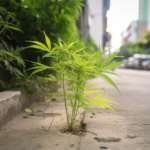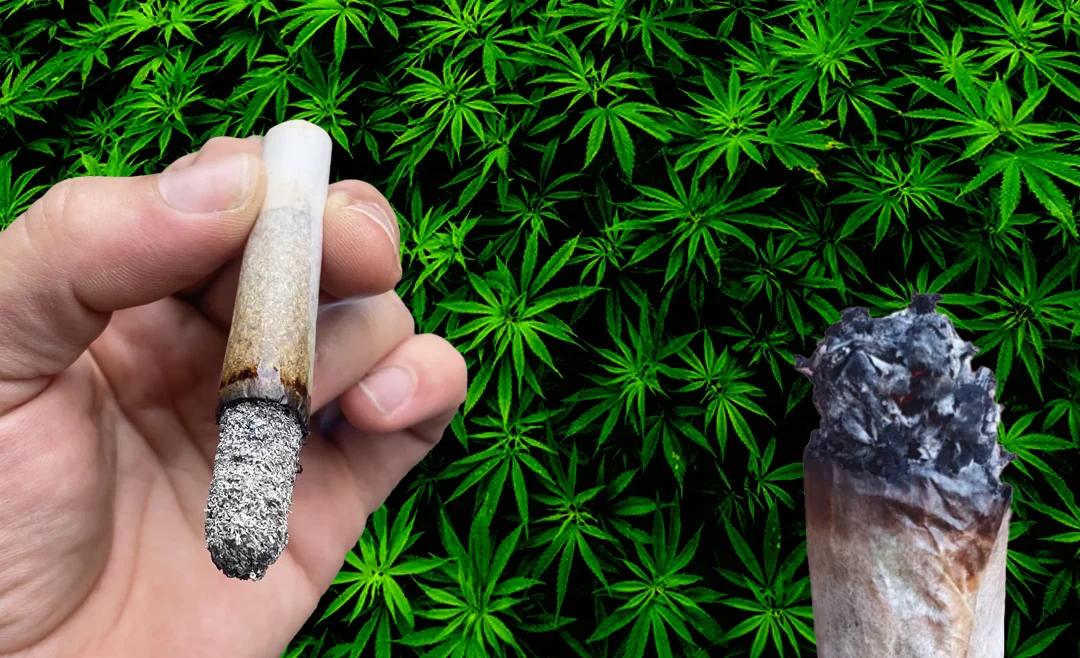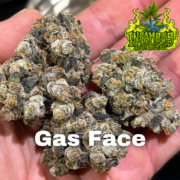On Tuesday, the Thai cabinet officially passed a developmental blueprint put forth by the Ministry of Social Development and Human Security, aimed to safeguard children from the recreational use of marijuana, hemp, and kratom. The spokeswoman for the government, Ratchada Thanadirek, elucidated this in her recent statement.
Despite the previous categorization of these three substances as narcotics, the advent of cannabis legalization in Thailand, which is specifically for medicinal purposes, presented the need for reinforcement of measures to hinder recreational, particularly underage, consumption.
The newly endorsed draft meticulously lays out the parameters of behaviors correlating to the non-medicinal use of these plant-based products in individuals younger than 18 years of age. This, however, excludes those who’ve attained legal adult status via marriage.
In response to these set behaviors, officials will exercise their authority as bestowed by the Child Protection Act of 2003 to shield minors perceived to be exhibiting behaviors that may jeopardize their welfare.
The following methods of intervention will be implemented:
1. Referring minors engaging in risky behaviors to child protection or rehabilitation centers.
2. Entrusting these minors into the care of their legal guardians or others willing to assume responsibility for them.
In the second approach, a child protection officer could assume the role of supervisor for the children to ensure they are deterred from venturing into risky environments and contact with certain individuals who might lure them into illegal activities.
These proactive regulations have the intent to insulate children from the potential effects that cannabis, hemp and kratom might have on their cognitive and physical development, as well as detracting them from environments that may encourage deviations and unlawful activities.
Ratchada clarified, “Once the draft takes effect, it will be incumbent on the Ministry of Social Development and Human Security to execute the National Child Protection Commission’s regulations, further specifying plans to continue sheltering children from the non-medicinal use of marijuana, hemp and kratom substances.”
However, an argument can be made that rather than spending resources on enforcement and punishment, perhaps a more proactive approach could be adopted, focusing on education about the medicinal use of cannabis and rehabilitating those who fall into recreational misuse. The re-channeling of resources can prove to be a more beneficial endeavor to both the individuals involved and the broader scope of society.









